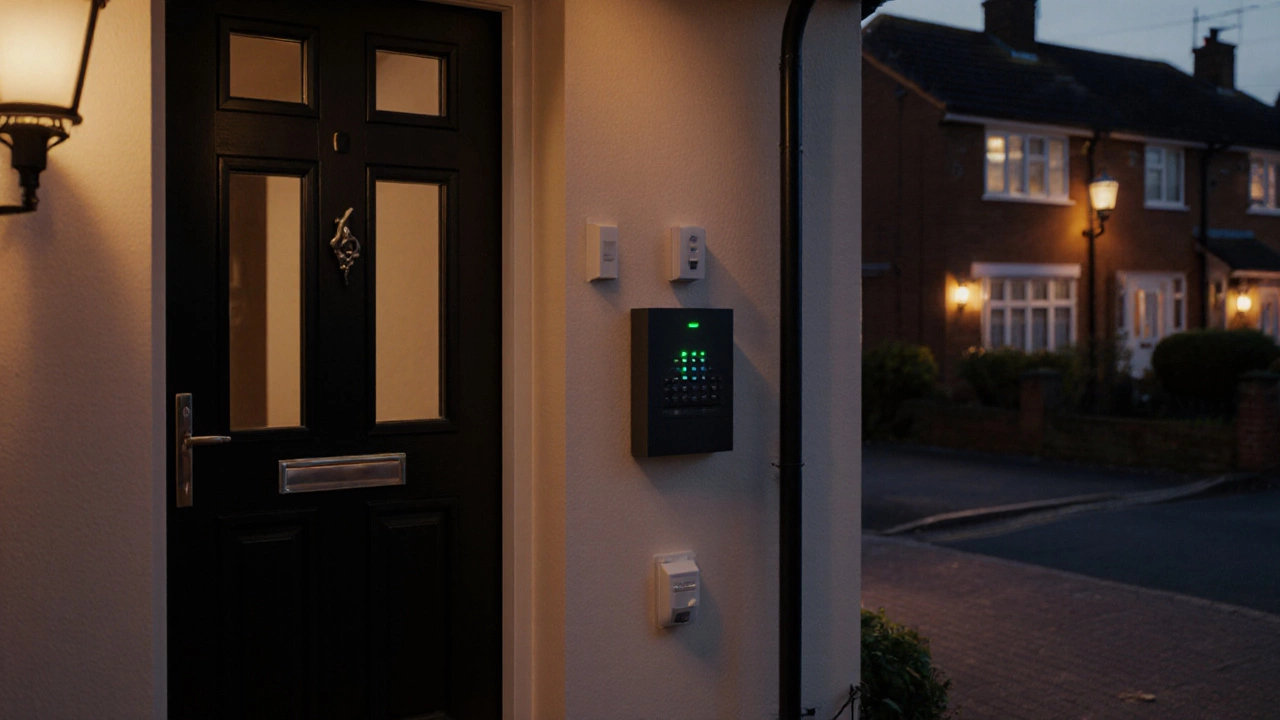When evaluating alarm system cons, the downsides and limits of residential alarm setups. Also known as alarm drawbacks, it helps you spot where a system might fall short. Most homeowners hit the same roadblocks: hidden costs, maintenance headaches, and the dreaded false alerts. False alarms, unwanted notifications that trigger police or monitoring services drain budgets and can even lead to fines. The root cause often lies in the sensor choice. For example, PIR sensors, passive infrared detectors that sense heat are cheap but can misread pets, sunlight, or temperature swings. That’s why pet‑friendly alarms, systems tuned to ignore small animals are gaining traction—they balance detection with everyday life. Understanding these pieces lets you weigh the pros against the cons before you sign a contract.
Another common snag is system reliability. Battery‑powered units lose power without warning, and wired panels need professional installation that adds to the upfront price. Alarm system cons also include limited coverage zones; a single detector can’t watch every corner of a sprawling property. That’s where motion sensors, devices that detect movement using various technologies come into play. There are three main types: PIR, microwave, and ultrasonic. Microwave sensors can see through glass but often pick up car motion on the street, while ultrasonic models get confused by air currents. Choosing the right mix helps reduce false alerts but adds complexity. Plus, many systems lock you into monthly monitoring fees that keep rising, turning a one‑time purchase into a recurring expense. If you’re a renter, you may also face landlord approval hurdles, especially with visible cameras or wired components. All these factors tie back to the core idea that alarm system cons are not just technical glitches—they affect budgeting, legal compliance, and daily convenience.
Start by listing your must‑haves: pet tolerance, indoor vs outdoor coverage, and how quickly you expect authorities to respond. Compare the false alarm rates across brands—some advertise zero‑false‑alarm guarantees, but read the fine print. Ask about sensor calibration: does the dealer offer seasonal tweaks for temperature changes? Check if the service includes a mobile app; remote access lets you silence alerts when you’re home, cutting down on nuisance calls. Finally, weigh the long‑term cost: a no‑monthly‑fee DIY kit might save money but requires you to monitor the feed yourself, while a professional package bundles maintenance and updates. The articles below dive deeper into each of these points, from PIR sensor disadvantages to motion sensor comparisons and legal angles for video doorbells. Use them as a roadmap to turn the known alarm system cons into informed choices for your home.

Explore the key drawbacks of burglar alarm systems, from false alarms and cost to power reliance and privacy issues, plus practical tips to overcome each challenge.